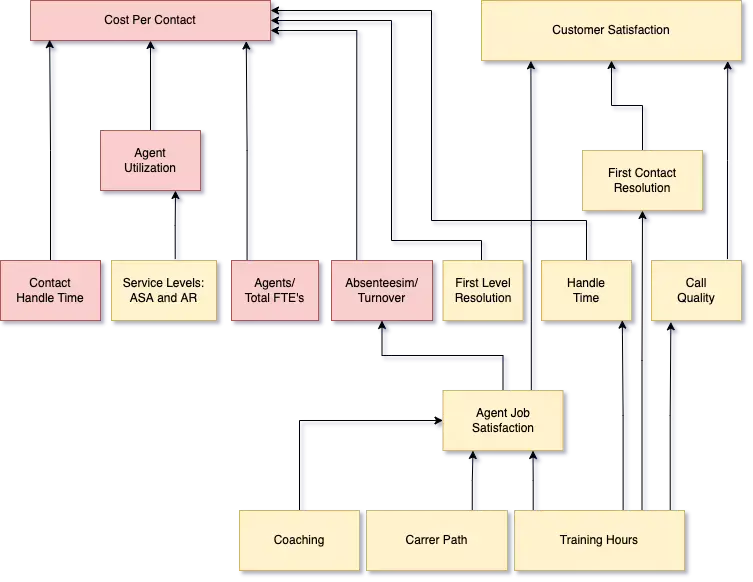How to show top executives how to run an effective contact center
The contact center is often handled as a necessary cost rather than an investment in good customer experiences. This contributes to the fact that most people who work in a contact center are demotivated. It is a self-fulfilling prophecy in practice. And this is often because we tend to forget that the customer is often in contact with the contact center throughout the customer journey, before, along the way, and not just after a purchase. Greater awareness of the customer journey itself will help create added value for the customer, but not least change the focus and strategy at the contact center itself.
McKinsey conducted a survey of consumers in the US and Europe which showed that price and added value were the main drivers for customers buying products and services from a company. At the same time, Gartner can point to insights that reveal that only in 15% of the interactions with the contact center, customers experience it as value-adding dialogue.
The efficiency that destroys the customer journey
The contact center is often measured by how quickly the customers get in touch with us. Secondly, according to how fast the interactions are resolved, and finally how many cases the individual agent resolves per hour and day. The sum is seen as the contact center’s ability to be efficient. The consequences of such an approach are that it will quickly increase the turnover of frustrated and tired employees and that customers will not be able to solve their challenges in a satisfactory way. The ultimate consequence of focusing too much on quantity and too little on quality is reduced loyalty and increased customer churn.
The traditional measurement parameters, such as how quickly the customer receives a response, processing time per customer, the number of inquiries answered, are not wrong. However, if you focus solely on these without understanding what role they have, both in terms of cost in the contact center and for customer satisfaction, you will not achieve the result you want with your contact center.
Understand which drivers are positively developing your contact center
There are primarily two KPIs that all contact centers should have as their primary measures:
- Cost per inquiry
- Customer satisfaction
Behind “cost per inquiry” are measurement parameters such as response time, processing time, number of interactions, etc. These, in turn, are influenced by other factors, such as the right staffing in the right place at the right time, good technology at the contact center, satisfaction among employees, training, daily follow-up/coaching, etc.
 |
|---|
| Image Source: ICMI blog, By Jeff Rumburg |
By having a conscious relationship with how one factor affects the other, one can increase the productivity of the contact center and increase the commitment among the employees. It will also lead to increased customer satisfaction, a better reputation, and ultimately increased sales.
